West Lake Hanoi, also known as Ho Tay, is a fascinating destination with a rich history and cultural significance. This freshwater lake, covering an area of approximately 5.3 km2, holds secrets that date back to ancient times. Legends and folklore paint a picture of how West Lake came to be, and its evolution into a modern quarter within Hanoi has made it a popular spot for tourists seeking both tranquility and modern amenities. In this comprehensive article, we will explore the origins of West Lake, its historical and cultural significance, and the enchanting experiences it offers to visitors.
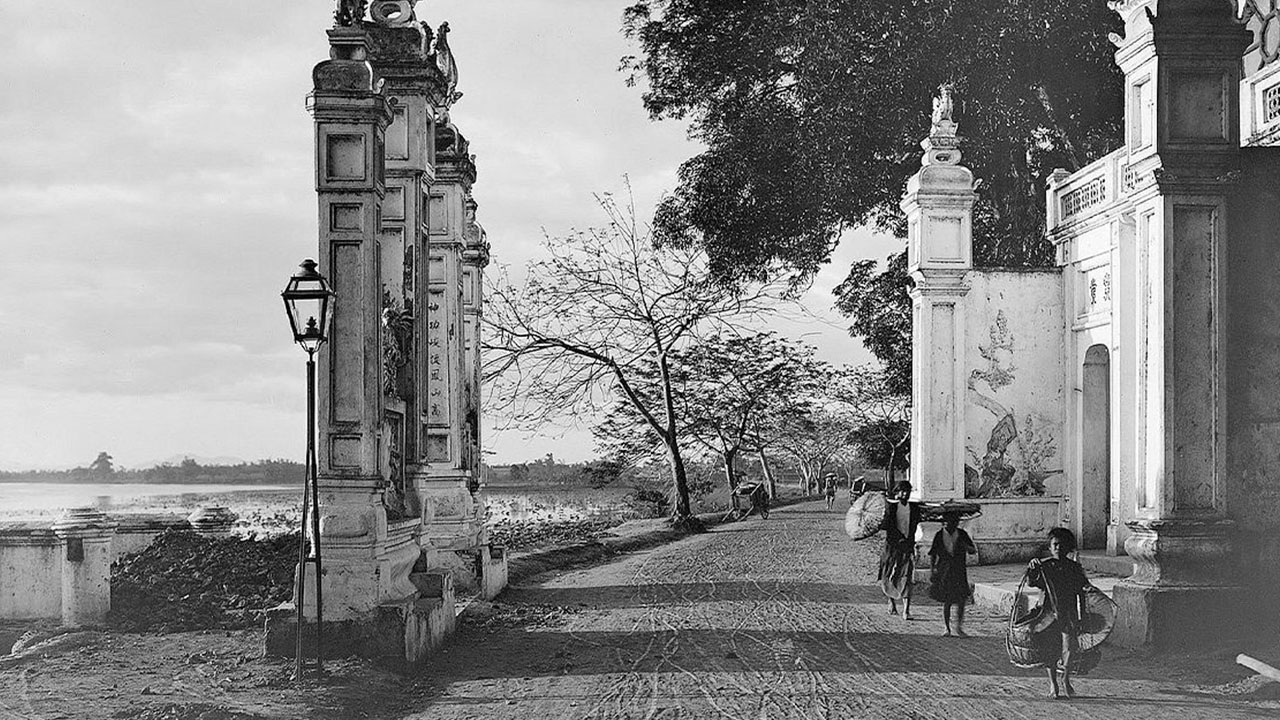
The Legends and Origins of West Lake Hanoi
West Lake’s history can be traced back to ancient times, and according to legends and folklore, it has a fascinating origin story. One popular legend suggests that the lake was formed from a curved part of the Red River. The story goes that a battle between ạc Long Quân, the Dragon King, and a nine-tailed fox spirit took place in this very spot. As a result of the battle, the curved part of the river transformed into a lake, hence the original name “Fox Corpse Swamp” (Đầm ác áo).
The mythical battle between ạc Long Quân and the nine-tailed fox spirit contributes to the mystique and allure of West Lake. It is believed that this battle took place over a thousand years ago, giving West Lake a significant place in the ancient history of Hanoi. The legends surrounding the lake add a touch of magic to its already picturesque landscape.
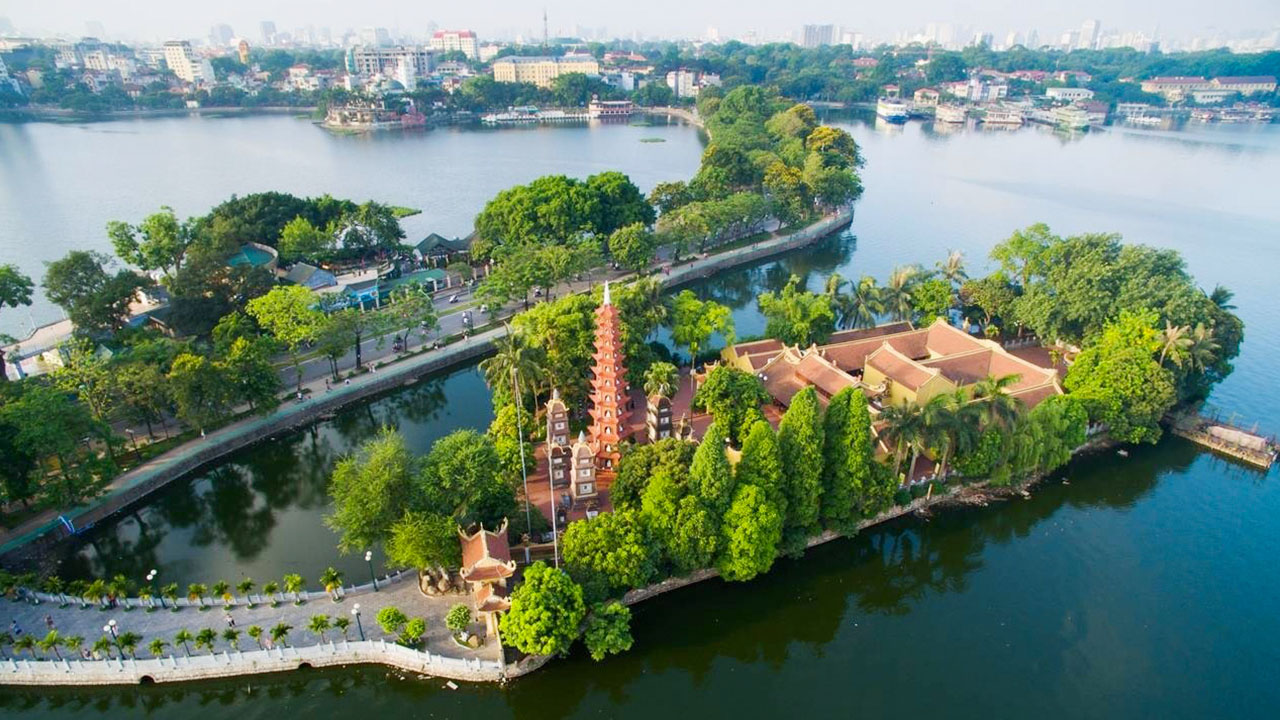
West Lake Hanoi: A Favorite Destination for Kings and Royal Families
Throughout history, West Lake has been a beloved destination for kings and royal families. Its serene ambiance and natural beauty drew royalty to its shores, where they built palaces and architectural sites. These structures served as retreats for the royal families, providing a peaceful haven away from the bustling city.
The presence of these ancient palaces and architectural sites showcases the historical significance of West Lake. The remnants of these structures serve as a testament to the lake’s storied past and its importance to the ruling elite of ancient Vietnam.
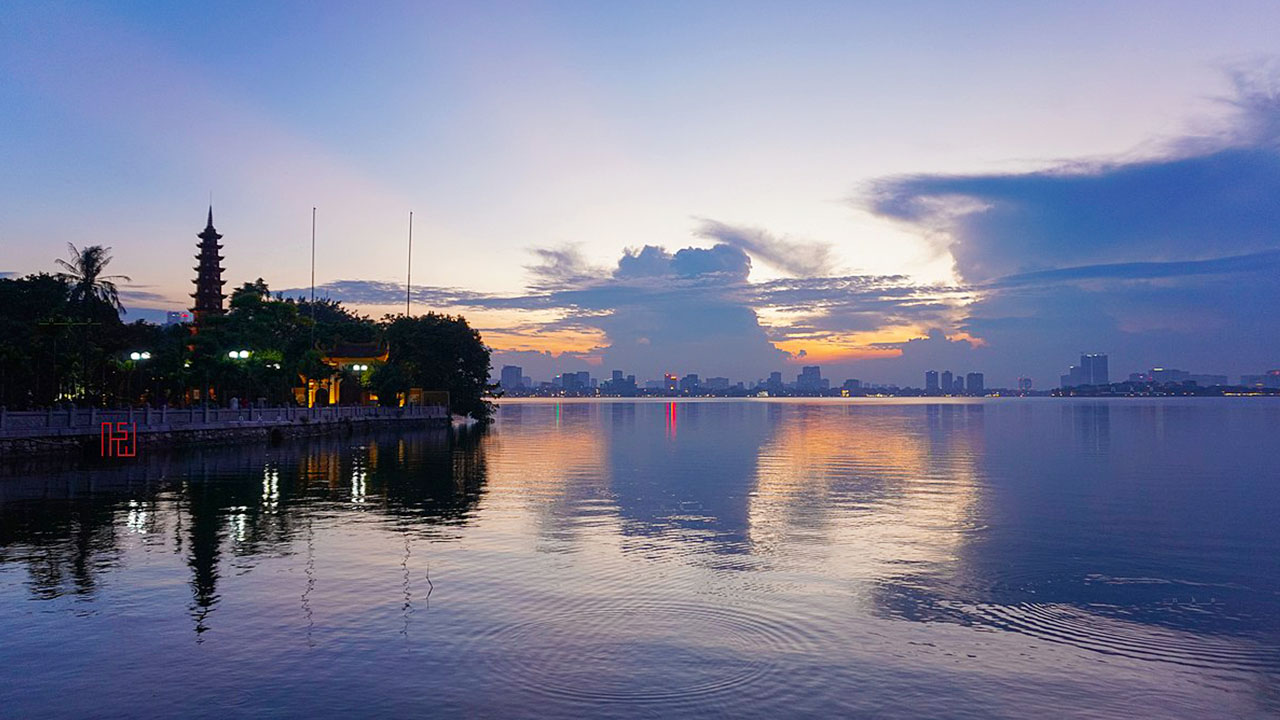
West Lake: The Largest Freshwater Lake in Hanoi
Covering an area of approximately 5.3 km2, West Lake is the largest freshwater lake in Hanoi. Its vast expanse of tranquil waters attracts locals and tourists alike, seeking respite from the city’s hustle and bustle.
Located in Tay Ho District, West Lake is conveniently situated just 22 kilometers from Noi Bai International Airport and 7 kilometers from Hanoi Railway Station . This makes it easily accessible to visitors, adding to its appeal as a must-visit destination in Hanoi.
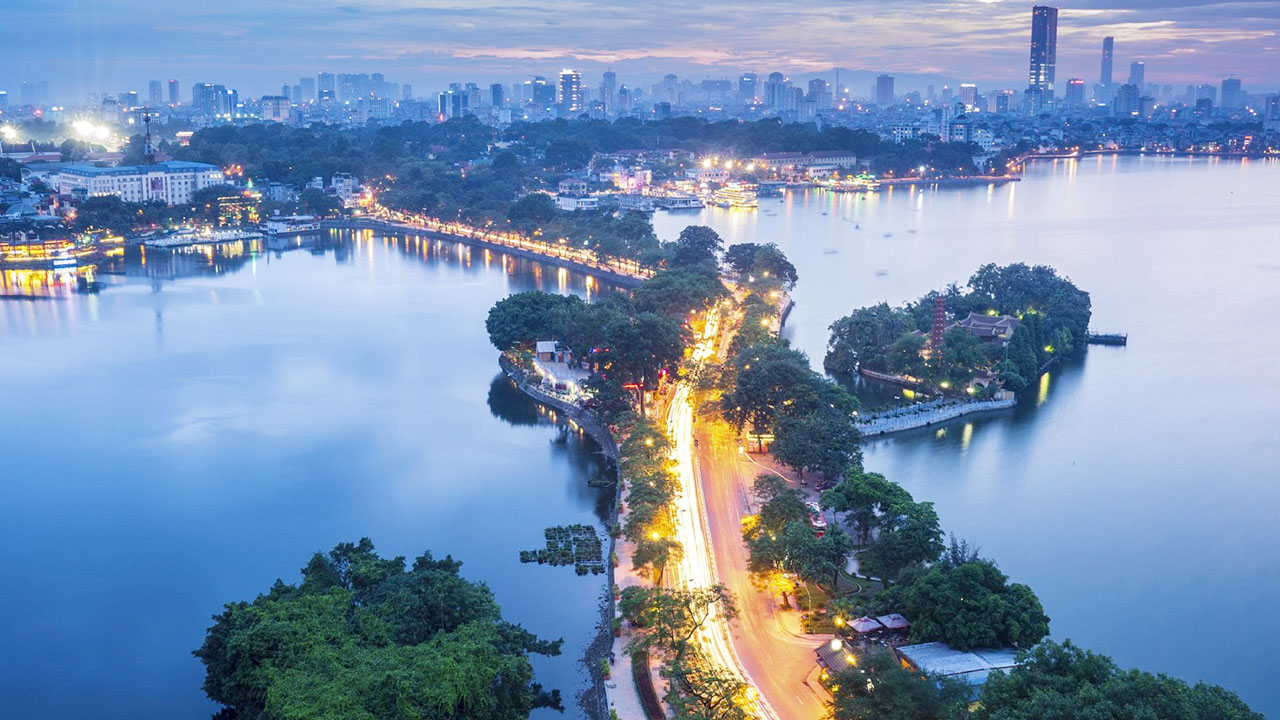
West Lake Hanoi: Hanoi’s Modern Quarter
Often referred to as the “Hanoi Modern Quarter,” West Lake offers a refreshing contrast to the more crowded and traditional Old Quarter. Its larger size and modern amenities make it an attractive choice for those seeking a more contemporary experience in Hanoi.
Surrounding the lake are hotels, restaurants, and cafes built in Western styles, blending harmoniously with Vietnamese historical sites. This fusion of old and new creates a unique atmosphere that appeals to both locals and tourists. The modernity of West Lake is complemented by its romantic ambiance, inspiring songs, stories, and poems.
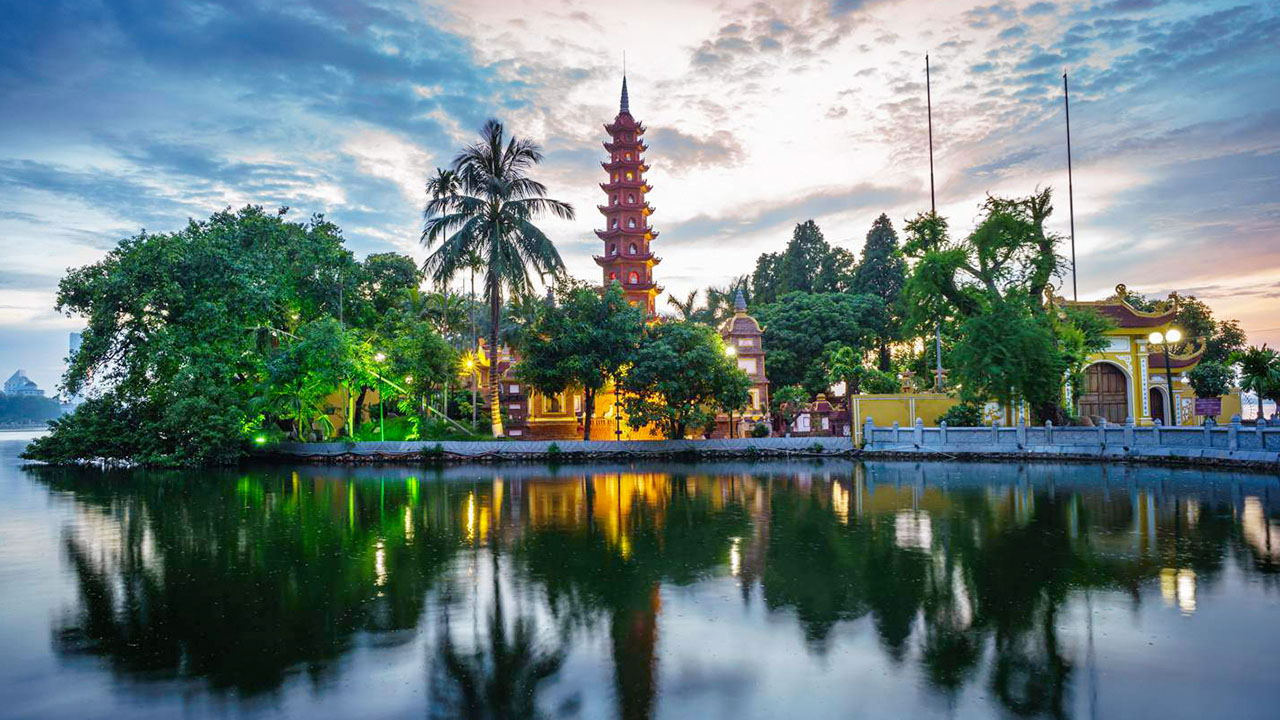
The Historical Relics of West Lake Hanoi
The area surrounding West Lake is a treasure trove of historical relics, particularly pagodas that showcase different Buddhist architectural styles. With a total of 62 relics, including 22 classified as national heritages and 7 designated as municipal heritage sites, West Lake is a significant cultural hub.
These ancient pagodas offer visitors a glimpse into the rich religious heritage of Vietnam. Each pagoda has its unique charm and architectural features, making them worthy destinations for those interested in history and culture. Some notable pagodas around West Lake include Tran Quoc Pagoda, Phu Tay Ho Pagoda, and Kim Lien Pagoda.
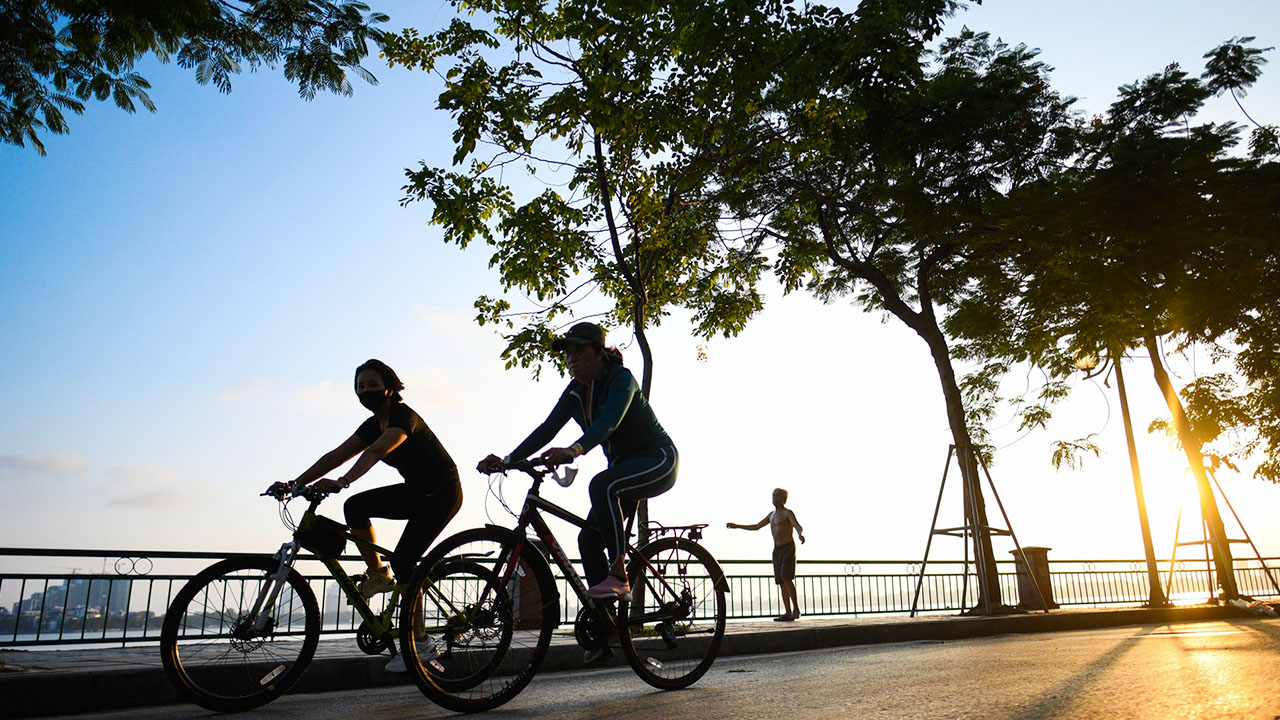
Recreational Activities and Tranquility at West Lake Hanoi
Beyond its historical and cultural significance, West Lake offers visitors a wide range of recreational activities. Walking and biking along the lake’s shoreline provide an opportunity to take in the scenic views and immerse oneself in the peaceful atmosphere.
Additionally, West Lake is home to floating restaurants where visitors can enjoy a delicious meal while taking in the serene surroundings. These floating establishments offer a unique dining experience and allow guests to fully appreciate the tranquility of the lake.
FAQs
1. What is the distance between West Lake and Noi Bai International Airport?
West Lake is conveniently located just 22 kilometers away from Noi Bai International Airport, making it easily accessible for travelers.
2. How does West Lake compare to Hanoi’s Old Quarter?
Many people consider West Lake as the “Hanoi Modern Quarter” due to its larger size, modern amenities, and less crowded streets. It offers a refreshing alternative to the traditional charm of the Old Quarter.
3. Can engage in recreational activities at West Lake?
Absolutely! West Lake provides ample opportunities for walking, biking, and even dining at floating restaurants. It serves as a peaceful retreat from the bustling streets of Hanoi.
4. Can you recommend any notable pagodas around West Lake?
Certainly! Some must-visit pagodas include Tran Quoc Pagoda, Phu Tay Ho Pagoda, and Kim Lien Pagoda. Each pagoda showcases unique architectural styles and offers insights into Vietnam’s religious heritage.
5. Are there any historical sites or relics around West Lake?
Yes, the area around West Lake is filled with historical relics, with 22 classified as national heritages and 7 designated as municipal heritage sites. These relics highlight the cultural significance of West Lake.
6. Why is West Lake referred to as the “Hanoi Modern Quarter”?
West Lake is often called the “Hanoi Modern Quarter” due to its larger size, modern amenities, and Western-style hotels, restaurants, and cafes. It offers a contemporary experience while retaining its cultural significance.
Conclusion
West Lake Hanoi, with its ancient legends and modern marvels, is a destination that offers visitors a truly immersive experience. From its mythical origins to its status as the largest freshwater lake in Hanoi, West Lake is a testament to the rich history and cultural heritage of Vietnam.
Exploring the historical relics and pagodas around West Lake provides insights into Vietnam’s past and its religious traditions. At the same time, engaging in recreational activities and dining at floating restaurants allows visitors to bask in the tranquility of this remarkable destination.
Whether you seek a deeper understanding of Vietnam’s history, a peaceful retreat from the city’s hustle and bustle, or a taste of modern Hanoi, West Lake is the ideal destination. Its allure lies in the harmonious blend of old and new, offering an experience that is both historically significant and refreshingly contemporary. Plan your visit to West Lake Hanoi and embark on a journey through the ages, where legends come to life and history unfolds before your eyes.


